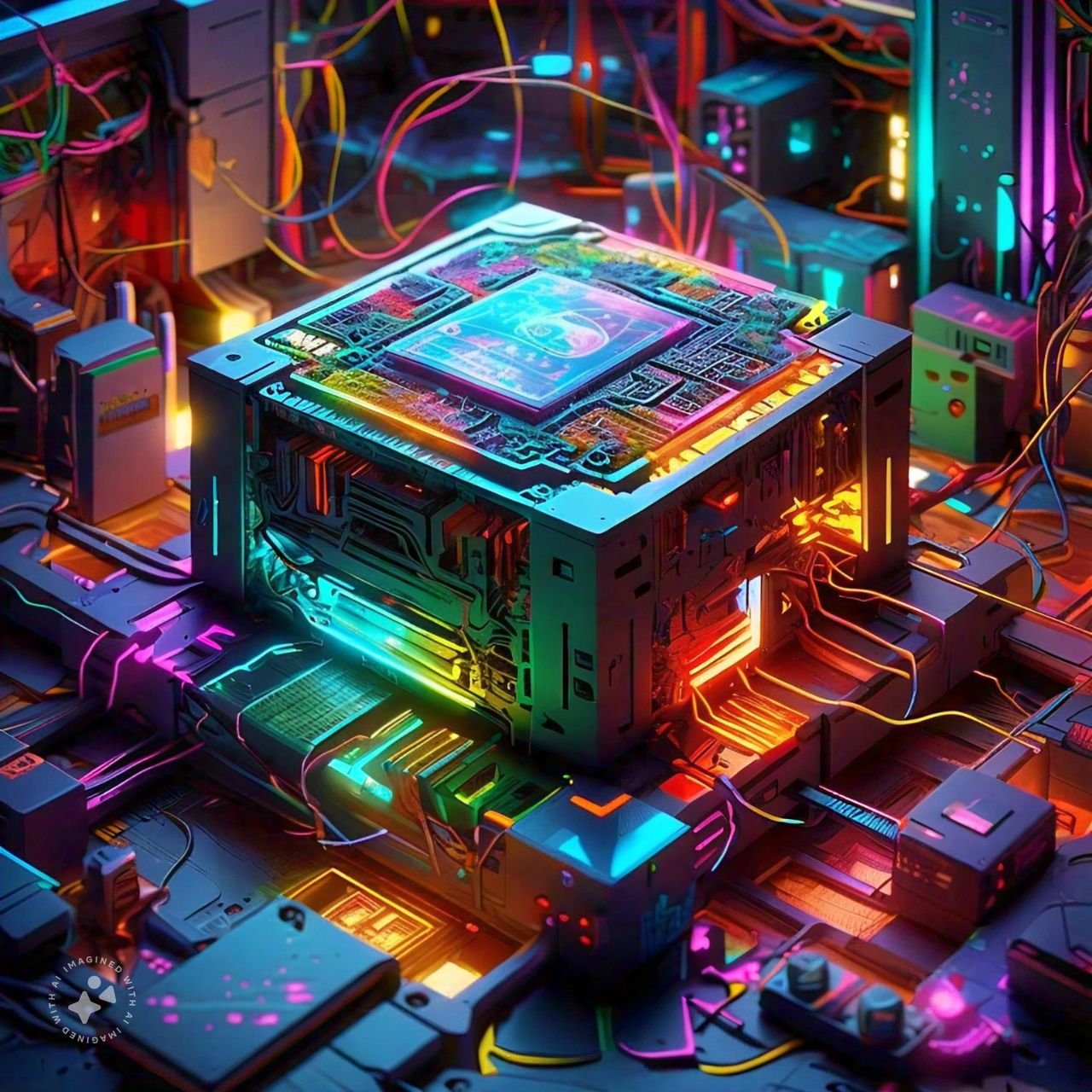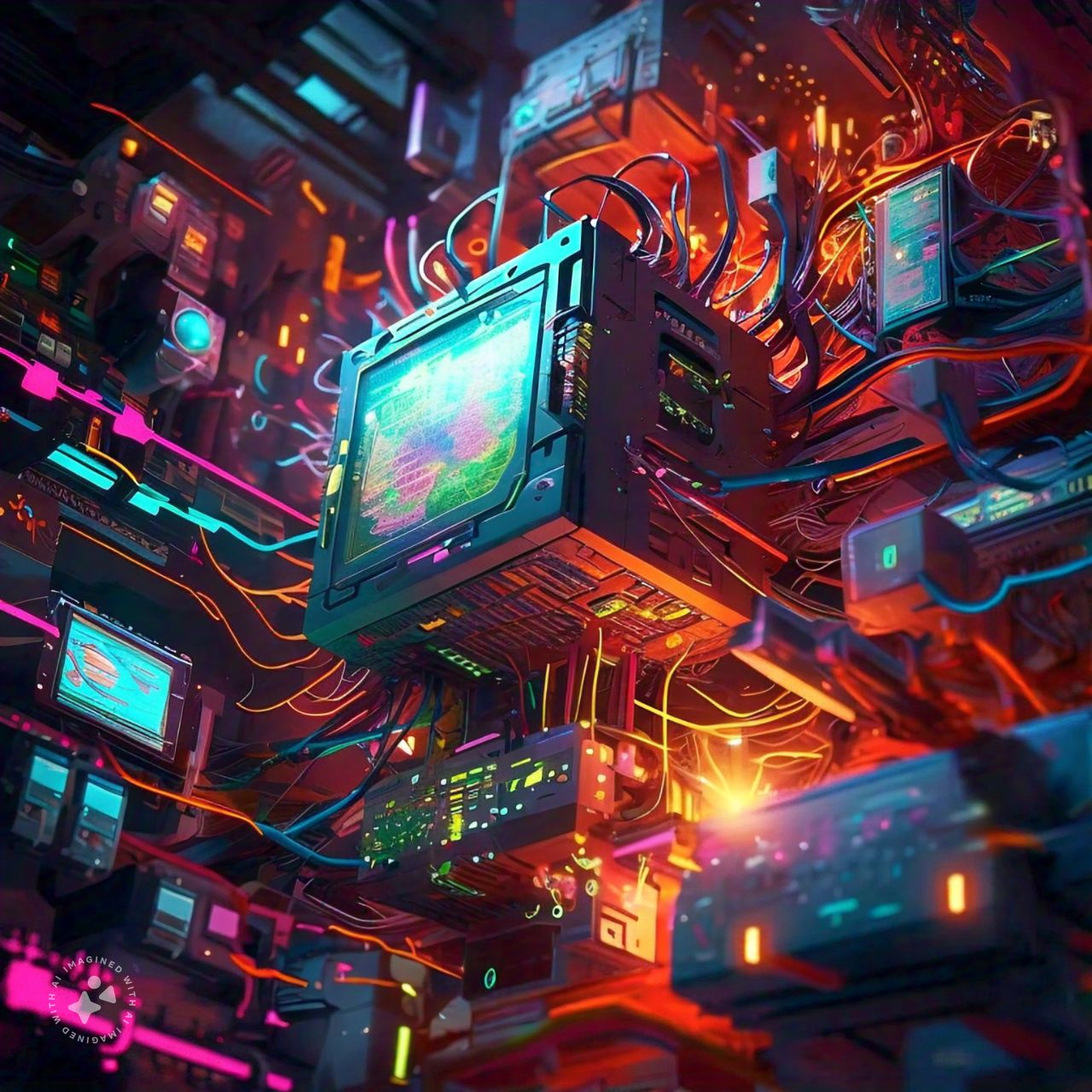The rapid evolution of technology has introduced a range of transformative tools that have reshaped our interaction with the digital world. Among these innovations, Virtual Reality (VR) stands out as a groundbreaking development. As VR technology matures and integrates with the broader Internet zone, it is creating a new dimension of interaction that offers unprecedented opportunities for communication, collaboration, and immersion.
The Rise of Virtual Reality
Virtual Reality, in its simplest form, is a simulated environment that users can interact with in a seemingly real or physical way through the use of specialized equipment. Initially popularized through gaming, VR has expanded into various domains, including education, healthcare, and real estate. Its ability to create immersive experiences has made it an appealing tool for many sectors looking to enhance user engagement and experience.
One of the most notable advancements in VR technology is the development of more sophisticated hardware and software. Modern VR headsets, such as the Oculus Quest 2 and the HTC Vive, offer higher resolutions, wider fields of view, and improved motion tracking. These advancements allow users to experience virtual environments with greater clarity and realism, making interactions more engaging and effective.
The Internet Zone: A New Frontier
The Internet zone refers to the digital landscape where online activities occur—ranging from browsing websites to engaging on social media platforms. Traditionally, this zone has been two-dimensional, involving interactions through screens, keyboards, and mice. However, as VR technology integrates with the Internet zone, it is transforming how users navigate and interact within this space.
This new dimension introduces a form of internet interaction that is immersive and spatial. Instead of interacting with flat interfaces, users can now engage with three-dimensional virtual spaces that mimic real-world environments or create entirely new worlds. This shift has significant implications for how we work, socialize, and entertain ourselves online.
Transforming Communication and Collaboration
One of the most exciting applications of VR in the Internet zone is its impact on communication and collaboration. Traditional video conferencing tools, while effective, often fall short in creating a sense of presence and engagement. VR addresses this limitation by allowing users to meet in virtual spaces that feel more immersive and interactive.
In a VR meeting room, participants can use avatars to represent themselves, interact with 3D objects, and even gesture in a way that mimics real-life movements. This level of immersion can enhance collaboration by making virtual meetings feel more like face-to-face interactions. For instance, VR can facilitate brainstorming sessions where team members manipulate virtual whiteboards, share 3D models, and engage in dynamic discussions that are more fluid than in traditional video calls.
Moreover, VR can bridge geographical gaps by allowing teams to work together in a shared virtual space, regardless of their physical locations. This capability is particularly valuable for global teams and remote workers, as it fosters a more cohesive and interactive work environment.
Redefining Social Interactions
Social interaction in the Internet zone is also being redefined by VR. Social media platforms and online communities are exploring ways to incorporate VR to create more engaging and immersive experiences. Imagine attending a virtual concert with friends, exploring a virtual museum, or even hosting a virtual party where avatars can interact in real-time.
Platforms like Meta’s Horizon Workrooms and AltspaceVR are pioneering these virtual social experiences. They offer users the ability to create and personalize their avatars, interact with others in virtual environments, and engage in activities that mimic real-life social gatherings. These experiences have the potential to revolutionize how we connect with others online, making interactions feel more personal and immersive.
Enhancing Education and Training
The integration of VR with the Internet zone also holds promise for education and training. Traditional online learning platforms often lack the interactivity and engagement found in physical classrooms. VR can address this by providing immersive learning environments where students can interact with 3D models, conduct virtual experiments, and explore complex concepts in a more hands-on manner.
For example, medical students can use VR to simulate surgical procedures, allowing them to practice techniques in a risk-free environment. Similarly, engineers can explore and manipulate 3D prototypes, enhancing their understanding of complex systems. VR can also facilitate remote training sessions, enabling trainees to participate in realistic simulations from anywhere in the world.
Challenges and Considerations
Despite its potential, the integration of VR with the Internet zone also presents challenges. One major consideration is the accessibility of VR technology. High-quality VR systems can be expensive, and not everyone has access to the necessary hardware. Additionally, VR experiences require significant bandwidth and processing power, which can limit the usability of VR applications for individuals with less advanced technology.
Privacy and security are also concerns. As VR becomes more integrated with the Internet zone, ensuring that users’ personal data and virtual interactions are protected becomes crucial. Developers and platforms must prioritize security measures to safeguard against potential breaches and ensure that users’ virtual experiences are secure and private.
Another challenge is the potential for VR to contribute to social isolation. While VR can enhance online interactions, it is essential to balance virtual experiences with real-world connections. Overreliance on virtual environments could lead to a disconnect from physical social interactions, impacting mental health and well-being.
The Future of VR and the Internet Zone
Looking ahead, the future of VR in the Internet zone holds exciting possibilities. As technology continues to advance, we can expect even more realistic and immersive virtual experiences. Innovations in VR hardware, such as improved haptic feedback and more natural user interfaces, will enhance the sense of presence and interaction in virtual spaces.
The convergence of VR with other emerging technologies, such as augmented reality (AR) and artificial intelligence (AI), will also shape the future of online interactions. For instance, AR could complement VR by overlaying virtual elements onto the physical world, creating hybrid experiences that blend the real and virtual. AI could enhance VR environments by providing intelligent interactions and personalized content.
In summary, the integration of VR with the Internet zone is creating a new dimension of interaction that offers transformative opportunities for communication, collaboration, and immersion. While challenges remain, the potential benefits of VR technology are substantial, promising to reshape how we engage with the digital world. As we navigate this evolving landscape, embracing the possibilities of VR while addressing its challenges will be key to unlocking its full potential.



